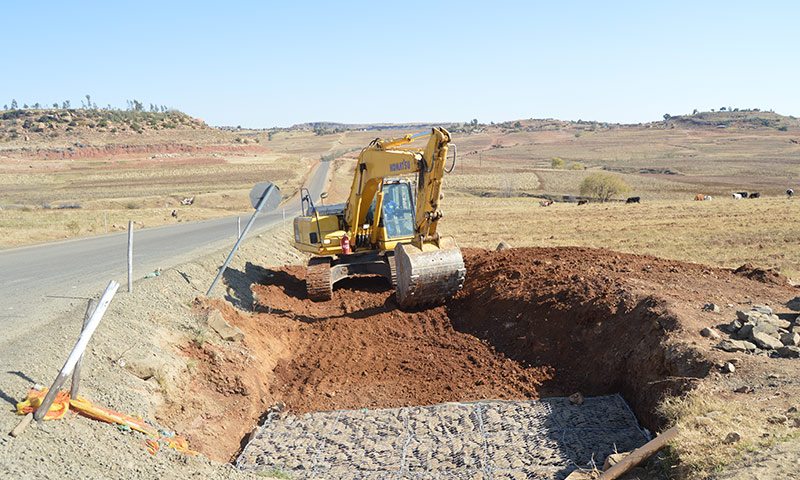
The secured order book for SA’s construction companies has shown a declining trend since 2014.
South Africa’s construction industry faced a challenging year in 2016 with ongoing pressure on margins, lower revenue and lower order books.
“The tough economic conditions in 2016 did not spare the construction industry, with lower revenue, decreased spend on projects, and a long-term industry settlement,” says Andries Rossouw, PwC Assurance Partner.
“However, there has been some improvement in companies’ performance as the year draws to an end, with signs of an increase in profitability and market performance.”
PwC’s fourth edition of SA Construction, 2016 highlights some of the trends in the South African construction industry. The study’s findings are based on the financial results of the leading construction companies listed on the JSE for financial year end to June 2016.
The South African construction industry
The 2016 financial year saw a decline in market capitalisation and financial performance. Seven of the nine companies reflected a decrease in market capitalisation. In aggregate for the nine companies analysed, market capitalisation decreased by 3% to R25-billion as at 30 June 2016 (R25,9-billion as at 30 June 2015). After 30 June there was a market capitalisation recovery of 11%.
Actual government construction expenditure increased by 5% in 2015, with total expenditure amounting to R258-billion. A promising development for the industry is the government’s infrastructure plan, which aims to address South Africa’s needs over the next few years. However, this will require input from and co-ordination with the construction sector for it be successful.
The private sector is also a significant contributor to capital expenditure in the construction sector, with the mining sector being one of the biggest players. Due to severe pressure in the sector, however, with shrinking margins attributed to volatile commodity prices, exchange rate fluctuations and labour unrest, there has been a decline in demand from this sector.
The secured order book has shown a declining trend since 2014. A decrease in order books was observed across six of the nine construction companies analysed. The secured order book cover of 1,5 times current-year-revenue, showed a marginal increase on 1,24 in the prior year. The increase was as a result of an even bigger decrease in revenue.

The South African construction equipment market lost almost a third of its value in 2016.
Financial performance of the industry
Total revenue decreased by 9% to R117,4-billion on the prior year mainly as a result of a decrease of R9-billion from Aveng, a R3,-billion decrease from Murray & Roberts and a R0,9-billion from Stefanutti Stocks, partially offset by a R1,9-billion increase from WBHO and a R0,5-billion at Raubex. These decreases were largely as a result of the weaker economy, in particular for commodity markets with a notable decrease in revenue from energy, oil and gas projects. Disposal of non-core businesses also contributed.
Total operating costs decreased considerably by 12% in response to lower revenue. Staff costs continue to represent a significant component of operating costs constituting 29% of total operating costs (2015:30%). A number of retrenchments took place in the industry in 2016 as construction companies could no longer maintain their staff investment.
Cash generated from operations decreased by 23% on last year from R4,4-billion to R3,4-billion. It is positive to note that solvency and liquidity ratio continue to remain reasonably strong and in line with those of the prior year at 1,8 and 1,3 respectively.
Equipment Africa says: While several years of weak performance have resulted in weaker construction companies, we nevertheless believe that the industry is well positioned to support the country’s development goals. It is however worrying that the South African construction equipment market lost almost a third of its value in 2016 as a result of the shrinking spend into projects.




